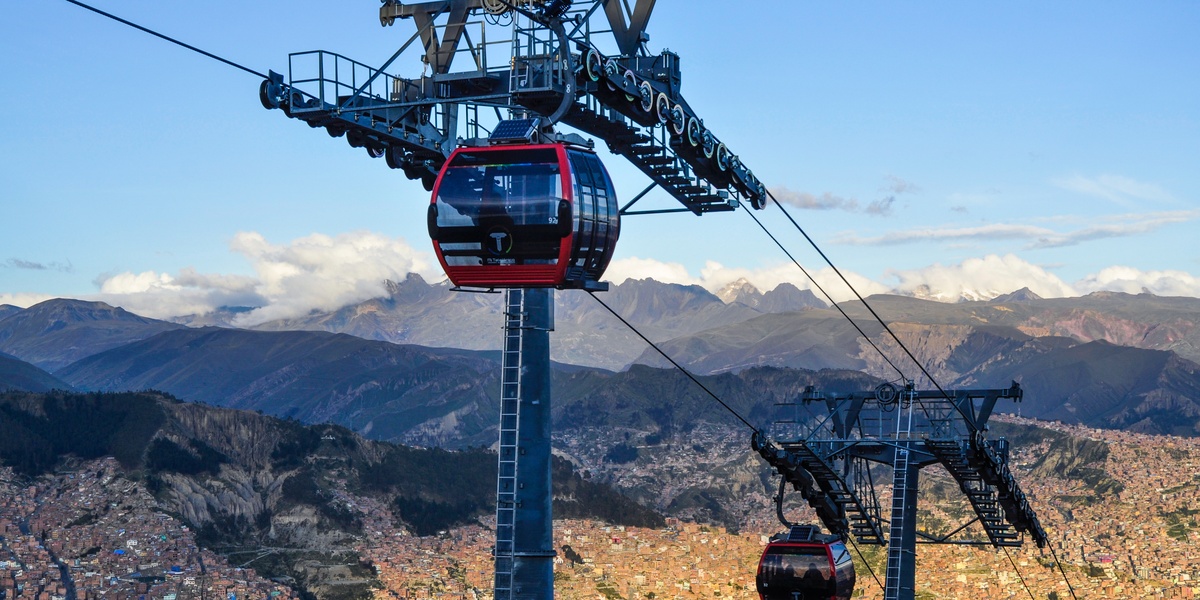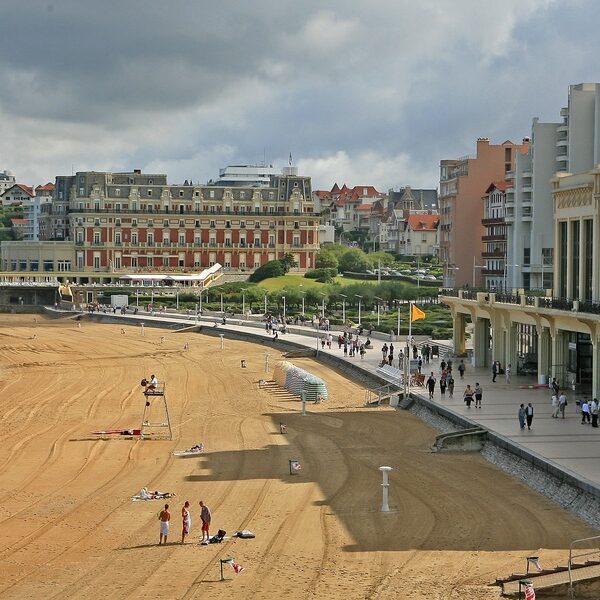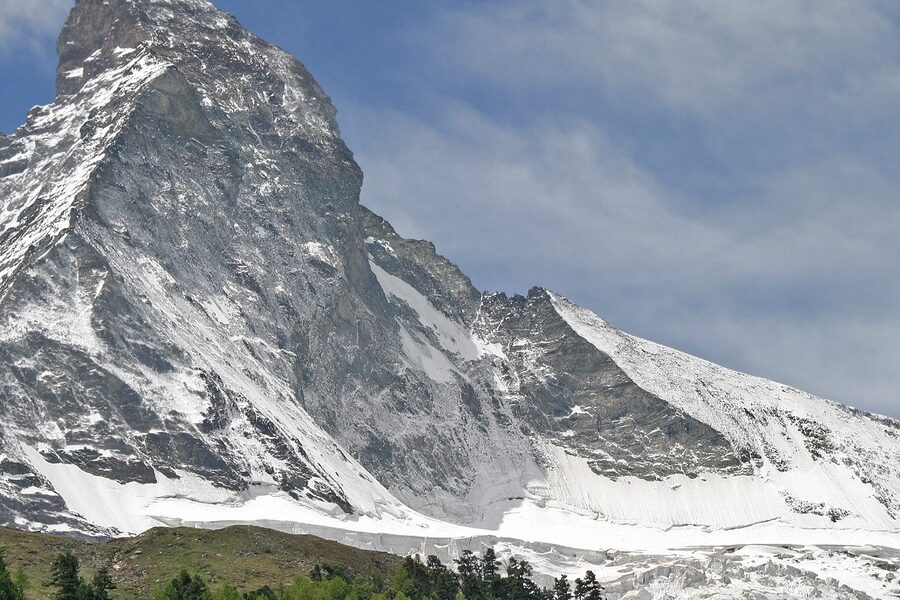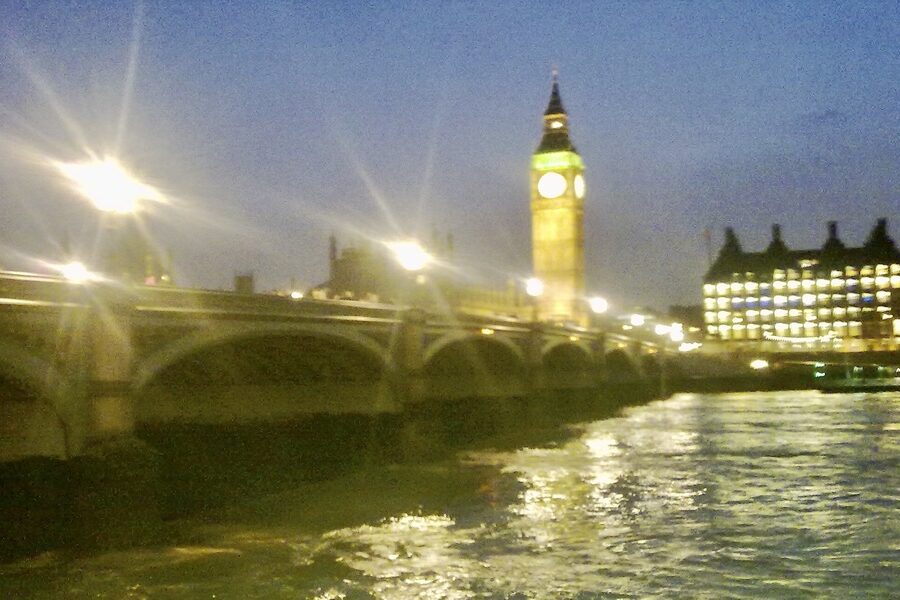La Paz sits at roughly 3,650 meters (about 11,975 feet) above sea level — the world’s highest administrative capital — and that altitude shapes everything from views to activities.
That elevation means thinner air, stronger sun and sudden temperature swings, so plan a slow first day, hydrate, and pack sunscreen plus a light jacket.
If you’re compiling a list of cool things to do in La Paz, this guide gives eight carefully chosen experiences — no filler — that deliver memorable photos, real cultural insight and easy-to-plan outings.
Read on for four types of highlights: Outdoor adventures, Culture & history, Markets & local life, and Food, nightlife & unique experiences.
Outdoor Adventures
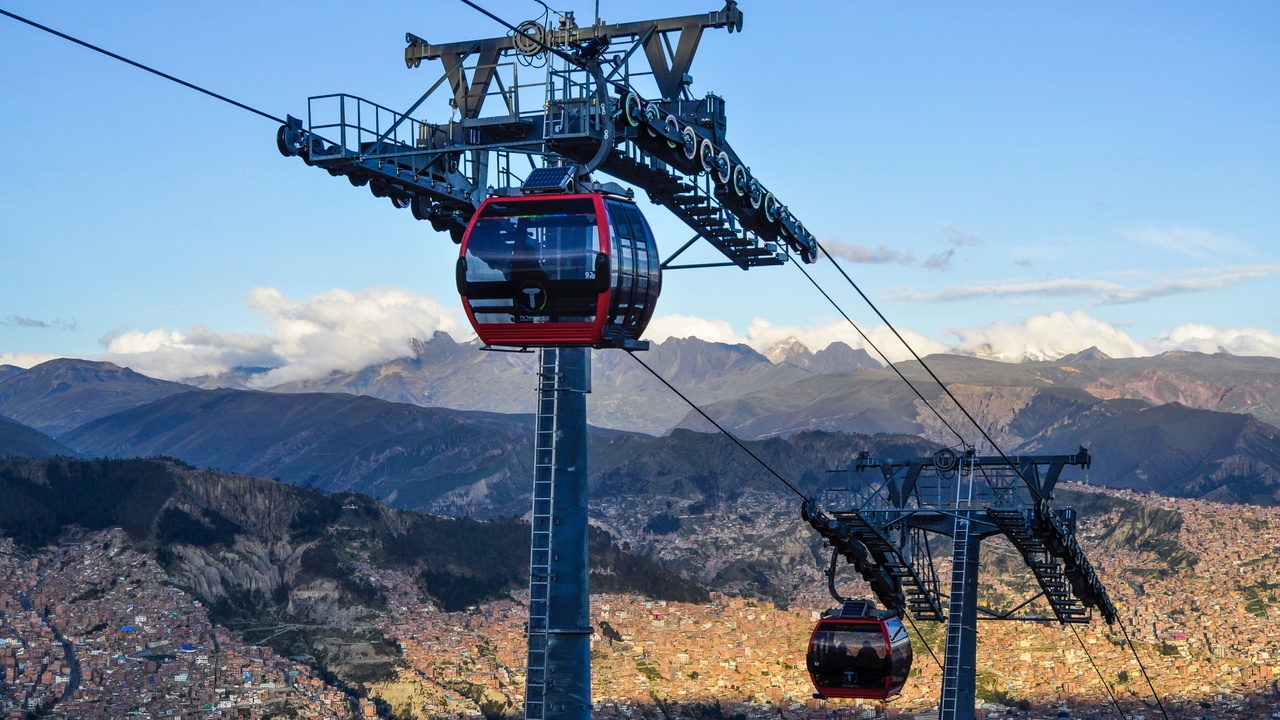
La Paz’s high valley setting and steep ridgelines create outdoor options you won’t find in many capitals: cable cars threading the city, short hikes into surreal terrain, and rooftop viewpoints framed by the spike of Illimani (6,438 m).
Most activities are short, accessible day trips from the central districts, but remember altitude and daylight when planning: start late-morning outings after a gentle morning to acclimatize, and expect the sun to fall fast after sunset.
Safety basics matter here—drink plenty of water, move deliberately on steep trails, and bring sunscreen and a light jacket—then take advantage of the dramatic setting for quick, unforgettable adventures.
1. Ride Mi Teleférico for panoramic city views
Mi Teleférico is an urban cable-car network that gives panoramic views across La Paz and neighboring El Alto while functioning as practical, affordable transit.
The system opened in 2014 and expanded rapidly; by the late 2010s it featured more than ten lines and roughly 30 km of cable, turning gondolas into one of the city’s signature experiences.
Use it to move fast and shoot wide—Línea Roja toward El Alto offers dramatic skyline perspectives, while Línea Amarilla drops you into central neighborhoods with classic valley views that include Illimani’s peak.
Stations run most of the day, tickets are very reasonably priced (single fares are low-cost for locals and visitors alike), and sunrise or sunset rides give the best light for photos.
2. Hike Valle de la Luna for otherworldly rock formations
Valle de la Luna, or Moon Valley, is a short drive from central La Paz where wind and water have carved jagged clay spires and narrow canyons that look almost lunar.
The site is easily reachable—about a 10–15 minute taxi ride from the city center—and most visitors do a 45–90 minute loop on uneven paths that are excellent for photography and short walks at altitude.
Wear a hat and bring water, avoid the midday sun for the best colors, and expect a small entry fee and basic facilities at the parking area; the short trails make this a perfect half-day outing.
Culture & History
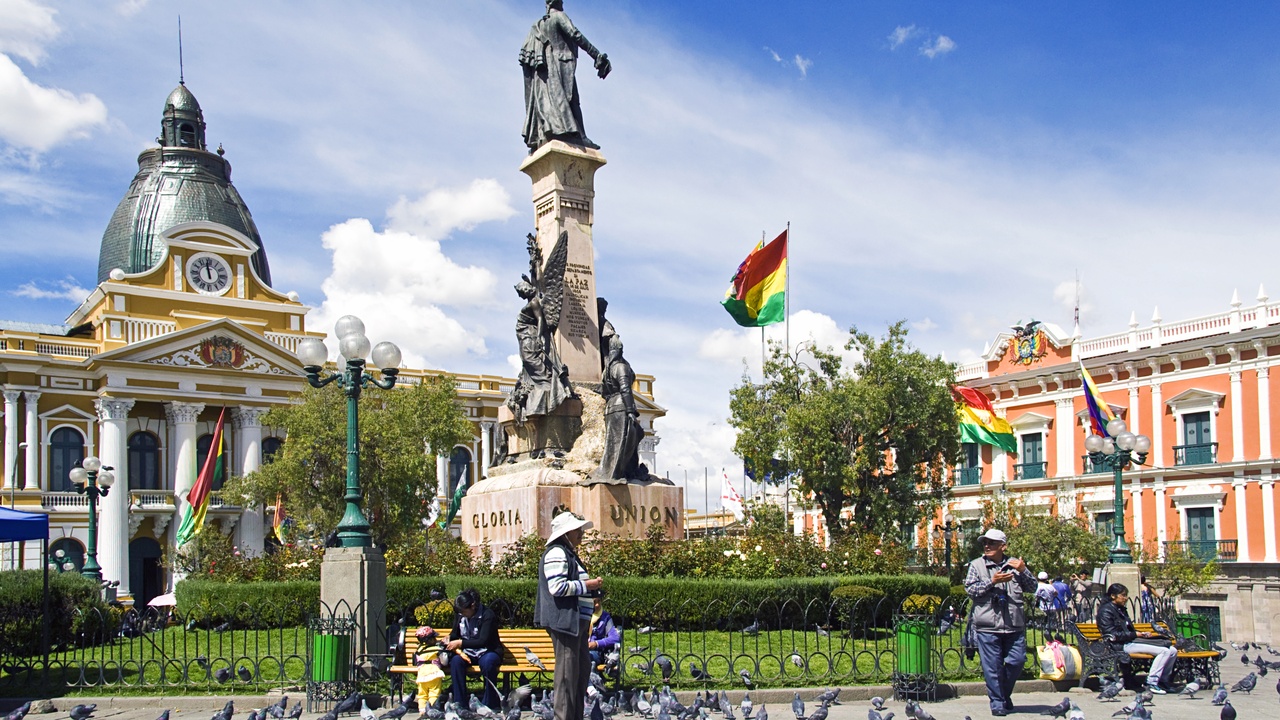
La Paz is where strong Aymara traditions meet Spanish colonial architecture, and the city’s plazas and museums reveal layers of political and cultural history.
Short walking tours or visits to compact museums give context to public rituals, dress, and civic life; they’re especially rewarding after a morning spent acclimatizing and taking in the skyline.
Plan 1–2 hour museum stops, combine plazas with nearby streets on foot, and use local guided options for translation and deeper insights into Aymara customs.
3. Explore Plaza Murillo and the historic center
Plaza Murillo is La Paz’s political heart, ringed by key buildings like the Presidential Palace, the National Congress and the Cathedral—each a piece of Bolivia’s modern story.
It’s a great anchor for a 60–90 minute walking loop that includes Calle Jaén, a preserved colonial lane with several small museums and colorful facades perfect for photos and people-watching.
Guided or self-guided walks help tie monuments to historical events; be mindful of crowds, keep valuables secure, and enjoy nearby cafés between stops.
4. Visit Museo de la Coca and local museums to learn Aymara culture
A trip to Museo de la Coca and nearby cultural centers explains the coca leaf’s social, medicinal and ritual roles in Andean life, providing balance to headlines about legality by showing local context.
Small museums often display textiles, ritual objects and multimedia panels with bilingual explanations, and many exhibits cover Aymara dress, weaving techniques and religious ceremonies.
Spend 1–2 hours at compact ethnographic collections, ask about guided options, and always follow photography rules and vendors’ requests when viewing ritual items.
Markets & Local Life
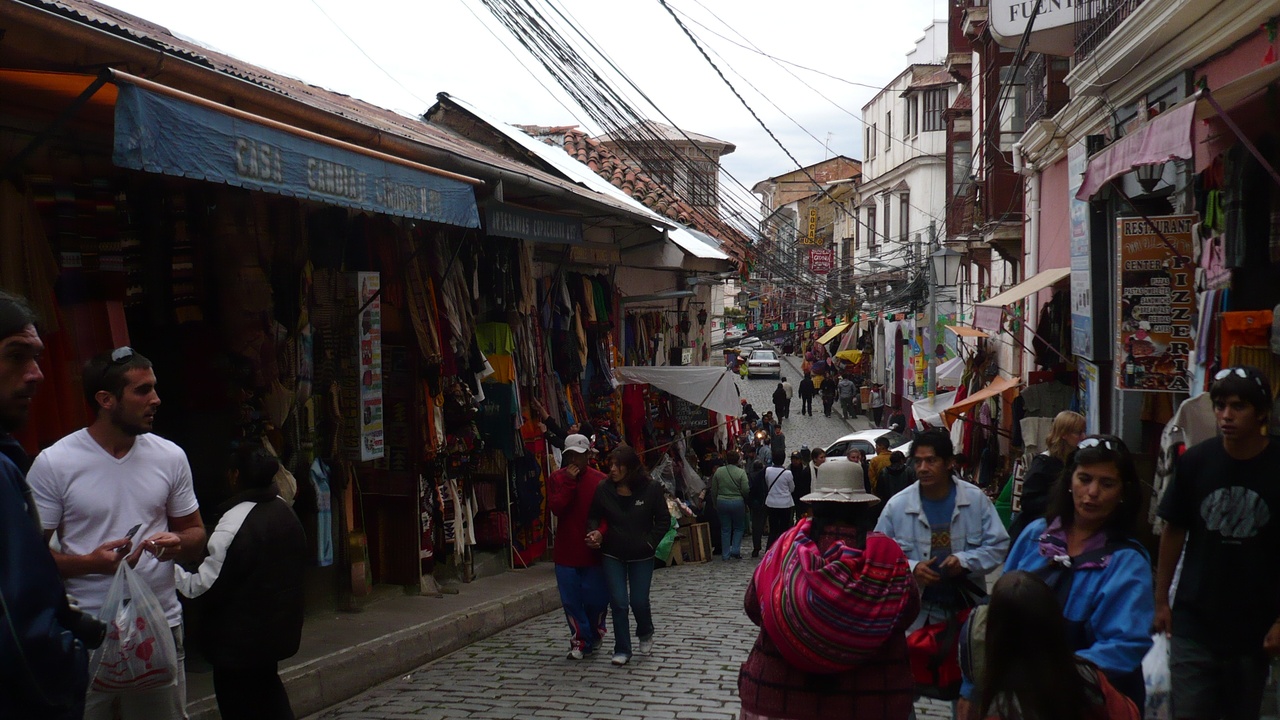
Markets are the best way to see daily Bolivian life up close—vendors selling textiles, coca-related items, fresh produce and street food make for vivid, sensory-rich visits.
Bargaining is common (start around 20–30% below the asking price and keep it friendly), bring small bills, and remember that long market strolls at altitude can be tiring—take breaks and sip water.
Short market stops pair well with museum visits or a late-morning meal, letting you combine culture, shopping and eating in compact city blocks.
5. Browse the Witches’ Market for traditional remedies and crafts
Mercado de las Brujas is a compact market famed for Aymara ritual items, dried herbs, amulets and woven goods—vendors sell things used in local offerings as well as curious souvenirs.
Common purchases include herbal remedies, small ritual kits called mesas, and items tied to traditional ceremonies; some stalls also display dried llama fetuses used in ancestral offerings—ask vendors about meaning before photographing.
Plan 30–60 minutes here, practice respectful bargaining, and treat conversations as a chance to learn rather than a photo op.
6. Take a morning stroll through Mercado Lanza for food and daily life
Mercado Lanza comes alive in the morning with food stalls serving classic Bolivian breakfasts and locals buying produce—this is where to try staple flavors and watch daily commerce.
Order a salteña (a baked empanada with a juicy filling) and a cup of hot api (a sweet, spiced corn drink) from standing stalls, sit at small benches, and enjoy fresh, inexpensive fare.
Visit early for the best selection; simple breakfasts are very budget-friendly and a great way to fuel a day of walking at altitude.
Food, Nightlife & Unique Experiences
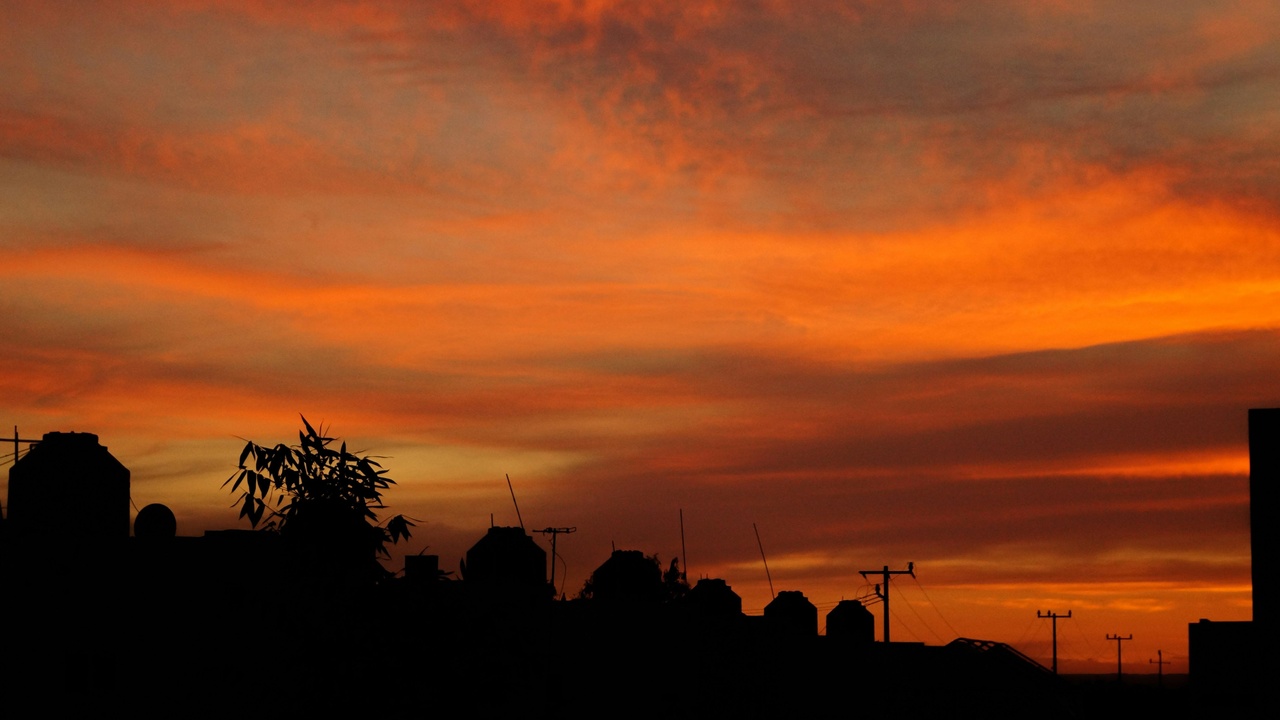
Evenings in La Paz range from relaxed rooftop bars with mountain views to theatrical local shows—its compact center makes it easy to hop from dinner to a performance.
The food scene balances traditional Andean dishes with modern cafés and chefs reworking local ingredients, while cultural performances offer photo-worthy, memorable nights out.
Plan a casual dinner, then move to a rooftop for sunset or book a weekend cultural show; note that altitude can blunt appetite and raise alcohol sensitivity, so pace yourself.
7. Sample Bolivian cuisine at local eateries and rooftop cafés
La Paz’s eateries serve signature dishes like salteñas, pique macho and charque, alongside modern plates at rooftop cafés that pair views of Illimani with inventive cooking.
For a simple plan, try a hearty salteña for breakfast, explore markets midday, then book a rooftop dinner—casual fondas are inexpensive while upscale venues fall into moderate price bands.
Remember that higher altitude can increase intoxication and reduce hunger; sip slowly, eat before drinking, and pick venues with indoor and outdoor seating for shifting temperatures.
8. Attend a Cholitas wrestling show or local cultural performance
Cholitas wrestling is a colorful, theatrical spectacle where women in traditional skirts and bowler hats perform staged matches; it blends performance, humor and cultural pride.
Shows typically run 60–120 minutes, are family-friendly and modestly priced; expect dramatic entrances, embroidered skirts and lively crowd interaction—book ahead for weekend nights and arrive early for the best seats.
Attend with respect: cheer, photograph when allowed, and see the event as playful performance rooted in local identity rather than a conventional sport contest.
Summary
- Altitude makes the city unique—move slowly at first, hydrate, and pack sun protection.
- Mi Teleférico doubles as fast transport and unbeatable viewpoints; use sunrise or sunset for photos.
- Markets and small museums offer direct access to Aymara culture—bargain politely, ask about ritual items, and use small bills.
- Try at least one outdoor adventure and one market visit on the same trip, and be respectful when photographing people or ritual objects.

